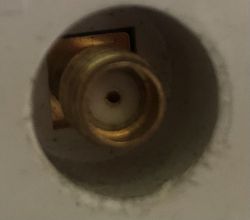Can you recommend a desktop router that aggregates at least 3 LTE bands (ideally 4) + QAM256 + MIMO4x4 or some LTE/5G - router or CPE with external antenna connectivity that can be found in one of the lists below:
- https://openwrt.org/toh/start?dataflt%5BBrand*%7E%5D=
- https://tomato.groov.pl/?page_id=69
- https://github.com/RMerl/asuswrt-merlin.ng/wiki/Supported-Devices
- https://en.techinfodepot.shoutwiki.com/wiki/List_of_Padavan_firmware_supported_devices
- https://wiki.dd-wrt.com/wiki/index.php/Supported_Devices
There are many threads on the forum about routers, band aggregation but mostly Huawei routers are pointed out (missing from the above lists) or no data on the number of aggregated bands, or no 4x4 MIMO, or no possibility to connect external antennas etc.
- https://openwrt.org/toh/start?dataflt%5BBrand*%7E%5D=
- https://tomato.groov.pl/?page_id=69
- https://github.com/RMerl/asuswrt-merlin.ng/wiki/Supported-Devices
- https://en.techinfodepot.shoutwiki.com/wiki/List_of_Padavan_firmware_supported_devices
- https://wiki.dd-wrt.com/wiki/index.php/Supported_Devices
There are many threads on the forum about routers, band aggregation but mostly Huawei routers are pointed out (missing from the above lists) or no data on the number of aggregated bands, or no 4x4 MIMO, or no possibility to connect external antennas etc.



